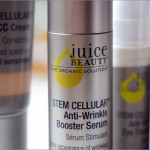
Japanese honeysuckle extract a hidden paraben?
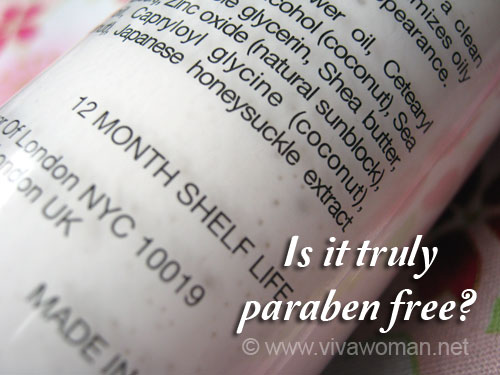
When I was reviewing the Pai Fragonia & Sea Buckthorn Instant Hand Therapy Cream, I noted that the company made particular mention that they do not use Japanese Honeysuckle in any of its products as preservatives. I have seen this ingredient on some of the natural/organic products I use and so I was naturally curious and did some quick research about it and was even more surprised to find out that the Japanese Honeysuckle extract is considered as a naturally occuring paraben.
Here’s the info I gathered from Personal Care:
A plant preservative that is based on the Japanese Honeysuckle (Lonicera japonica) is available that is described as being a complex mixture of esters of lonicerin and natural p-hydroxy benzoic acid. The commercial material from Campo is called Plantservative (WSr, WMr INCI: Lonicera Caprifolium Extract). Clearly this is a naturally occurring paraben, and we would expect this material to have antimicrobial properties.
Benefits of Japanese honeysuckle
The same source goes on to state that it has been reported that Lonicera japonica has anti-inflammatory activity and though not as potent as the normal benchmark of prednisolone, it would nonetheless be effective in treating inflammatory disorders. This factor makes the preservative very attractive, since it has benefits for its soothing properties and also has antimicrobial activity. There are not many preservatives that would have this dual benefit.
Slight difference between Japanese honeysuckle and synthetic parabens
Unfortunately, the chemical composition of Japanese honeysuckle resembles very closely to that of synthetic paraben preservatives and their only difference is that Japanese honeysuckle contains a free radical that parabens don’t possess. So going by the strict standards of purists, Japanese honeysuckle is also a no no for natural and organic skin care products. If you want to find out about the research on the Japanese honeysuckle, you can read articles from the following sources:
Chemical of the day
Green Health Research
Ingredient of the week
Not all natural ingredients are flawless as assumed
So given that the facts are already established, then where does that leave us? My take is this is just an example that not all natural ingredients are always good as assumed. Take some of the citrus essential oils for example. Use too much of them and you might develop photosensitivity. But if listed at the end of a product, I would be less concerned.
My take on the Japanese honeysuckle extract
I don’t think the alternatives to parabens are perfect ones and so it depends on one’s threshold and concerns. This is probably an issue for those concerned about their health but personally, I’m no purist. While I prefer the natural and organic products I use to be as clean as possible, I’ve also stated openly here before that I do not mind using a product that contain mostly natural ingredients with some parabens listed at the end of the ingredient list if I really want to try the product badly enough. So I’m not about to discard my products just because of this new discovery about Japanese honeysuckle. I have decided that if I really want a pure product, then I might as well just concoct it myself. But I’m glad to have learnt more about Japanese honeysuckle extract as I now know that products that use this ingredient aren’t necessarily paraben free.
Comments
Leave a Reply
You must be logged in to post a comment.

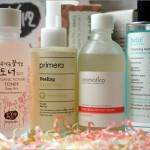
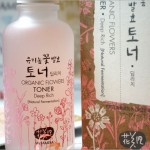
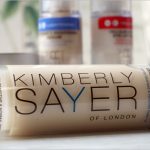








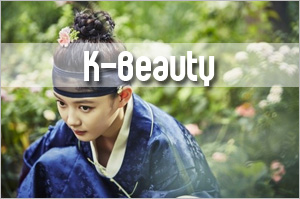
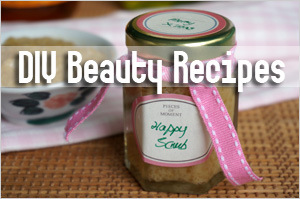
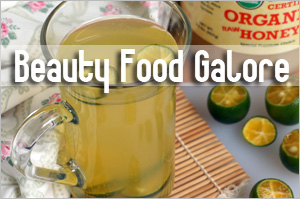
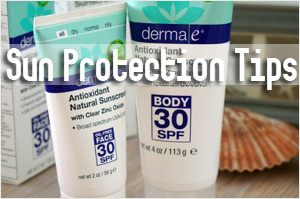
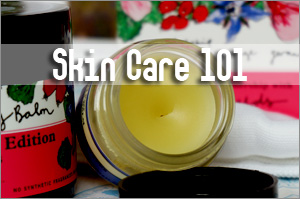
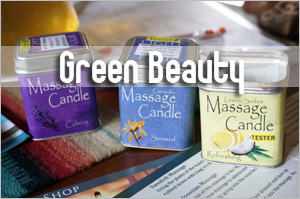
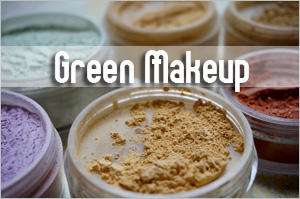
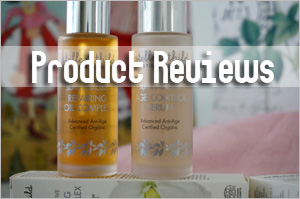
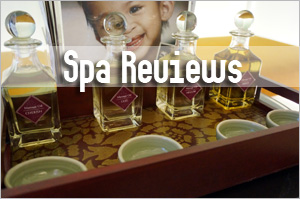
ahh.. i see it in some of my skincare. but I am also not that bothered by it as long as it is listed as the last few ingredients.
its a naturally occurring paraben so I do not really think one should be overtly concerned about that…i mean come on your product does need to stay safe before being finished or you might end up with god knows what complications…right???I am thinking this paraben stuff is really getting too messy unfortunately!!I read on personal care only and actually discussed it with Dene that only 0.5% of the product is parabens…more than that is not allowed so that less concentration and specially when very less of the product is actually absorbed through the skin shouldn’t really be so problematic…
Yeah, it’s usually at the end.
The purists are arguing that companies that use this ingredient can’t state that their products are truly paraben free. Well, I would agree with that. And they are also saying that there is no difference between natural occuring or synthetic parabens in terms of the potential health hazard.
Well, even for synthetic, I don’t necessarily think it’s that bad if it’s right at the end because like what you’ve pointed out, very little is used. Anyway, I agree with you totally…better to have a good preservative then have products that turn moldy quickly or are full of bacteria. Anyway, most other alternative preservatives aren’t perfect either.
I am currently trying out the Guardian Organic Olive Body Lotion. Not all the ingredients are natural, however, Guardian never state that the product is all natural either. So i guess it is up to one to decide whether to purchase such products or not.
But they had a special label that states that they use certified organic ingredients and if I’m not wrong, it’s only one ingredient so still misleading.
Well, I was wondering even if it’s listed in the end, how much of it is considered harmful. Maybe even a little is harmful…?
Guardian also has a Organic Brown Rice range, although I haven’t try those yet.
Oh they have? I haven’t seen it. Must open my eyes to check…perhaps only at certain big branches. I usually get my supply from the supermarket. Last time used to travel to Nature’s Glory at Tan Boon Liat but ah…too far.
I would say, if there is any harm then it would be cumulative…
I think that it is important to realize that people can get a bit too cautious when considering harmful ingredients to avoid. Synthetic parabens are definitely harmful and should be avoided, however naturally occurring parabens are found in fruits like blueberries, where it acts as a natural preservative. I avoid parabens in cosmetics and processed foods, but this doesn’t mean that I avoid blueberries, which are great for health.
Good point. I think it’s best not to be over zealous when it comes to such matters. Products without some form of preservatives goes bad real quickly and can be disastrous for our skin too.
Pai unfortunately claim loud and clear what they are not using, but have refused to tell me what they are using as a preservative – even when I asked them outright over the phone. I feel that they’re not being very transparent and I wonder why they’re so cagey? The full list of ingredients in each of their products is just not available- over the web or elsewhere unless you buy their products first, where I imagine the INCI list must be labelled by law. Has anyone else had this problem with them & Can anyone tell me what they are using?
The grapeseed oil and vitamin E would provide natural preservative functions.
Not at all. Vitamine E would provide antioxidant protection (both on the skin but also to stop the other oils in the formulation from going rancid),but no protection against mold and bacteria. And grapeseed oil provides no protection whatsoever- its just an emollient. If you mean grapefruit seed extract,it would provide a certain antibacterian and antifungal action, but not enough on its own- especially as the containers are not even airless. I’m just suspicious that they don’t want to admit to what they’re using and why they don’t make their INCI lists available- do they want to hide something?
If this ingredient is from Japan…..should we be worried about radiation contamination?
I know the company that makes this perservative is out of Singapore….but do they import the plants from Japan.
This may be a big concern since Japan is having a huge problem with radiation contamination. The government may be trying to play it down but when the USA is showing high levels in milk and such…Japan is saturated with radiation. No logical thinking person could think otherwise.
You raised a good point. In fact, I know one supplier took this off because they couldn’t find a better alternative.
Well that is true that it might not be harmful for ONE product that your using but when you put on 7 layer or more of different type of product that contain o.5 paraben, it all adds up. Shamp0o, lotion and makeup [blush, powder, foundation, concealer, and etc] sound pretty scary to me, and what I read was that what we eat we absorb 70% of it and what we put on our skin is close to 99%
Correct me if I’m wrong though,
Hi Patrick,
Thanks for sharing. I was shocked to learn that japanese honeysuckle was termed as a paraben. It is a herb that is used in Chinese medicine for thousands of years to counteract inflammation and heatiness. If it contains harmful parabens, I think a lot of people would be affected by this herb. Thanks for the detailed information. It seems a lot of people are misleaded that Japanese honeysuckle is harmful.
They do have full ingredients lists on the web, preservative is sodium levulinate which is a food grade preservative
You’re welcome Jan. There’s just so much that people don’t know. They think it’s simple because they go on the internet and can find information about anything they type in, but soooooo much is wrong. A lot is purported by competing brands, to make their product look better. A lot is simply misinformation, but because it’s on the internet, most people think it’s true. As well, ingredient sites such as EWG, skin deep, etc., don’t tell the whole truth either, they’re a good starting point but shouldn’t be taken as being the gospel.
It should be noted that most foods such as vegetables, etc., contain naturally occuring parabens or p hydroxy benzoic acid. Perhaps we should stop eating. Perhaps we need some of these things and are a natural process in our being able to live. It should be noted that even if one was to use a product with a synthetic paraben, most of what is absorbed in metabolized.
I saw a comment about grapefruit seed extract…it’s a poor preservative. The one being used that works okay but not great, only works because of the ammonium chloride and diphenyl hydroxybenzene added to it (which interestingly is not listed on any labels..only the grapefruit seed extract is listed). Without diphenyl hydroxybenzene it contains, it wouldn’t work as a preservative.
Wow Thank you so much Patrick for your comment. In my quest to make my own personal goatmilk based lotion, I have discovered just how ignorant I was on the topic of cosmetic ingredients, and how duped I was by media into thinking I was knowledgable. I since have grown to respect preservatives immensely and realized many fears of chemicals “because I cant pronounce the name” is without solid foundation. Life is chemicals. chemical reactions are all around/ inside us. I am pleased to see consumer demand spurring further advances in cosmetic developments, and I believe that certifed organic and sustainable ingredients are awesome for our bodies as well as the environment. In the meantime, if I am making a product for anyone other than myself, I am definately using Plantservative without shame! ?